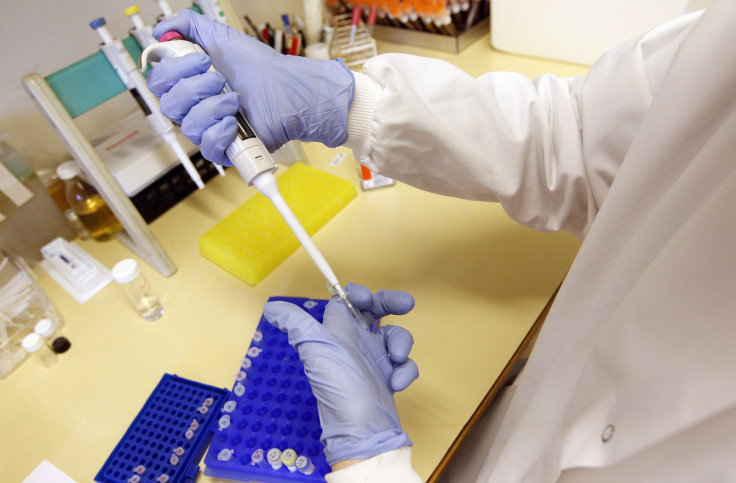Medicine: Antibiotic Resistance Aided by Presence of Heavy Metals and Drug Residues in Surroundings

Antibiotic residues and heavy metals like arsenic, silver and copper found in the environment are contributing to the growing antibiotic resistance among bacteria.
Fragments of DNA (plasmids) that can be exchanged between bacteria to gain resistance to antibiotics are enriched even by low concentrations of antibiotics and heavy metals in their surroundings, according to research from Uppsala University.
The researchers grew two different strains of bacteria -- one sensitive to antibiotics and one resistant -- in a culture with small amounts of antibiotics and heavy metals present.
They found that very low concentrations of heavy metals like arsenic and antibiotics, separately or together, made the resistant plasmid-bearing bacteria stronger.
The findings have been published in the journal mBio.
At least 2 million people get infected with antibiotic-resistant bacteria each year, says the CDC while the WHO has termed antibiotic resistance a major threat to public health.
Antibiotic resistance develops primarily in humans and animals treated with antibiotics. Most of the drugs remain unchanged and are passed out in active form in the urine.
Professor Dan I Andersson, lead author of the study says, "These antibiotics then disperse, usually in very low concentrations, through sewerage systems into water and soil, where they can remain active in the environment for a long period and so contribute to the enrichment of resistant bacteria.''
Heavy metals are found naturally in groundwater but are also leached into the soil and water from human activities. They are used in animal growth promoters, medical wastes, disinfectants, etc.
In heavily polluted environments, selective pressures pick bacteria that are resistant thus adding to the antibiotic resistance problem.
"The results underline the importance of reducing the use of antibiotics, but also suggest that our high use of heavy metals and biocides in various contexts should decrease too," says Andersson.
A study from Princeton University recently showed that antibiotic use worldwide has risen by 36% during the last decade.
Keeping pace with antibiotic resistance has been difficult with new antibiotics slow to make it to market. Only two new antibiotics have been approved since 2009. The last one to be introduced was ceftaroline in 2010 but it took just a year for the first staph germ to emerge drug-resistant.
© Copyright IBTimes 2025. All rights reserved.





















